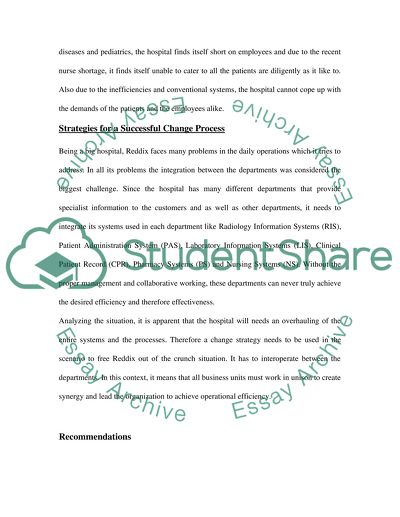Cite this document
(“Managing Knowledge at an NHS Trust Essay Example | Topics and Well Written Essays - 2250 words”, n.d.)
Managing Knowledge at an NHS Trust Essay Example | Topics and Well Written Essays - 2250 words. Retrieved from https://studentshare.org/miscellaneous/1525519-managing-knowledge-at-an-nhs-trust
Managing Knowledge at an NHS Trust Essay Example | Topics and Well Written Essays - 2250 words. Retrieved from https://studentshare.org/miscellaneous/1525519-managing-knowledge-at-an-nhs-trust
(Managing Knowledge at an NHS Trust Essay Example | Topics and Well Written Essays - 2250 Words)
Managing Knowledge at an NHS Trust Essay Example | Topics and Well Written Essays - 2250 Words. https://studentshare.org/miscellaneous/1525519-managing-knowledge-at-an-nhs-trust.
Managing Knowledge at an NHS Trust Essay Example | Topics and Well Written Essays - 2250 Words. https://studentshare.org/miscellaneous/1525519-managing-knowledge-at-an-nhs-trust.
“Managing Knowledge at an NHS Trust Essay Example | Topics and Well Written Essays - 2250 Words”, n.d. https://studentshare.org/miscellaneous/1525519-managing-knowledge-at-an-nhs-trust.


